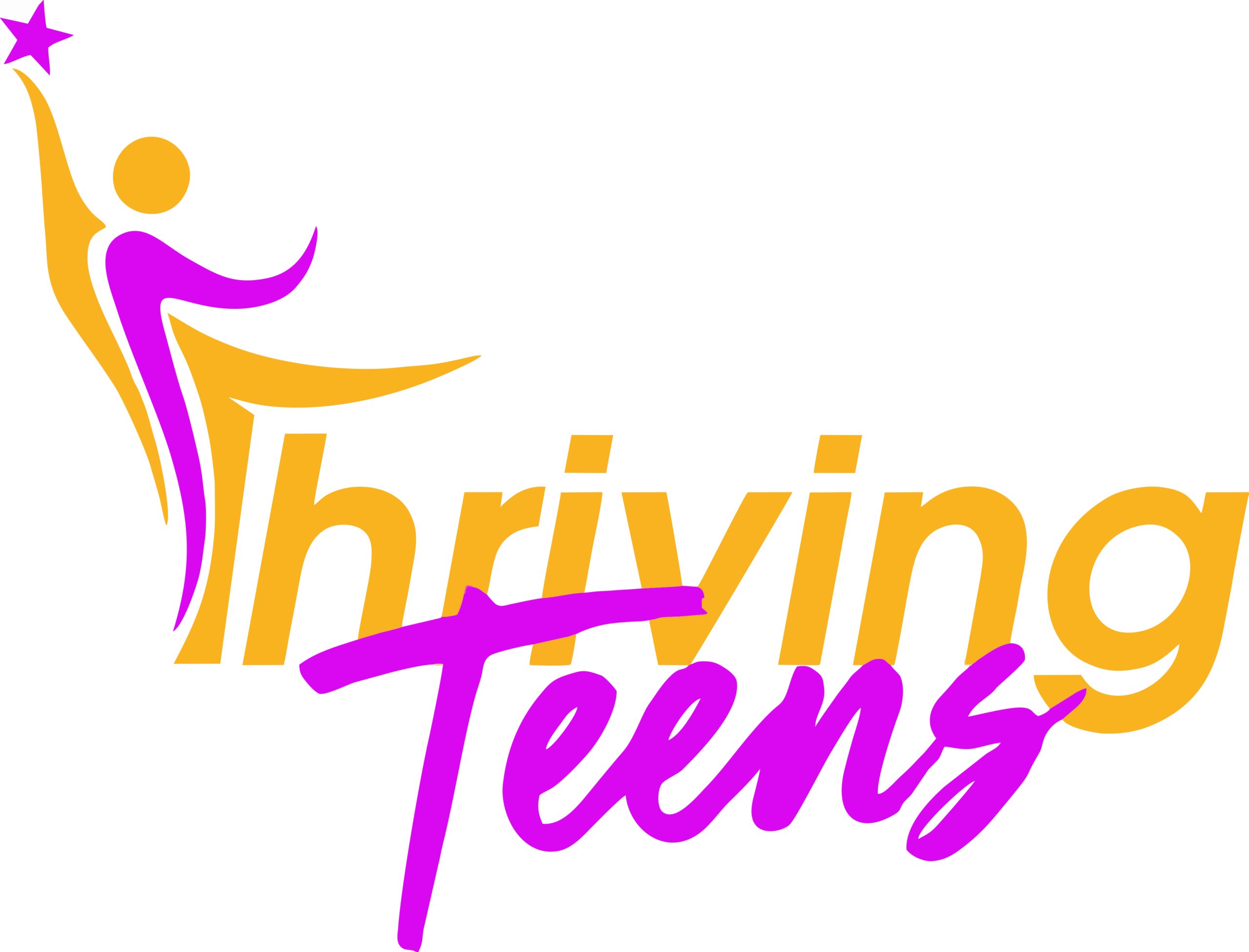Drug abuse is the use of any chemical substance that can cause physical, mental, emotional or social harm to an individual or to the people close to them. It increases adolescents’ risk of sexual practices, poor academic performance, juvenile delinquency, developmental problems and accidents.
Drug addiction has physical and psychological dependency. Physical dependency occurs when a drug has been used habitually and the body has become accustomed to its effects. The addict must then continue to use the drug in order to feel normal, or its absence will trigger the symptoms of withdrawal. Psychological dependency occurs when a drug has been habitually used and the mind has become dependent on the effects and does not feel capable of functioning without it. Its absence produces intense cravings, which are often brought on or magnified by stress. A dependent person may have physical dependency, psychological dependency, or both.
Not all teens become victims of drug abuse. However, teens with the following risks can increase their chances of abusing drugs. These are Family factors, Early antisocial behaviour, School factors, Peer factors, Attitudes, beliefs and personality traits and response to stress. Some consequences of adolescent substance abuse include school related problems, Risky sexual practices, Delinquent behaviour and juvenile crime, Developmental problems, Physical and mental consequences and Future use disorders. Notable signs and symptoms of substance abuse are sudden changes in personality without another known cause, Loss of interest in favourite hobbies, sports, or other activities, a sudden decline in performance or attendance at school or work, Changes in friends and reluctance to talk about new friends, Deterioration of personal grooming habits, Difficulty paying attention or forgetfulness, Sudden aggressive behaviour, anger, nervousness or giddiness, Increased secretiveness and a heightened sensitivity to being asked questions.
The drugs mainly abused in Kenya are either illicit (illegal) such as heroin, cocaine, local brew (chang’aa), bhang, kuber, and mandrax, or licit (legal) such as alcohol (beer, wines & spirits), tobacco, and khat (miraa).
Alcohol is the most commonly abused drug by teenagers because it is the most readily available. Some youth are consuming it weekly if not daily and this can lead to alcoholism. Ethyl alcohol is present in beer, wine or liquor, so there is no health benefit in choosing one over the other.
Bhang is also a very commonly abused drug and is usually the drug that opens the door to abuse of other drugs. Its long term use may lead to memory loss, impaired coordination and judgment and throat and lung irritation.
Inhalants like glue and petrol can be very dangerous as they can cause permanent damage to organs like the liver, brain and nerves.
Cigarette smoking is a very difficult habit to overcome and it can lead to cancer in the long term. Smoking stains teeth into a yellowish hue, causes bad breath and can trigger instances of shortness of breath that may affect physical work.
Miraa affects motor coordination, slows reflexes and affects the way we see and interpret events around us.


